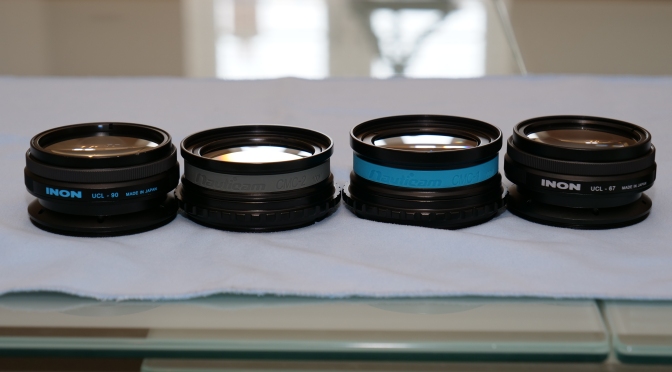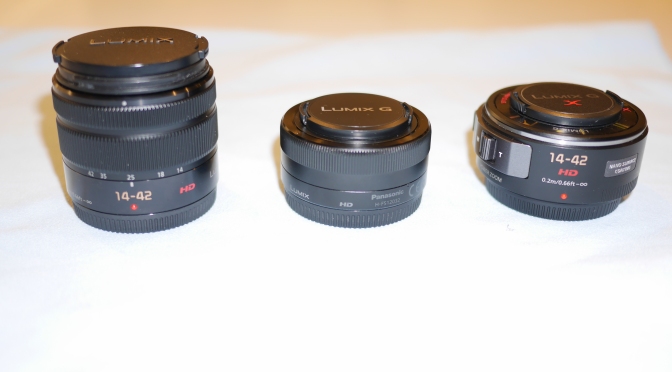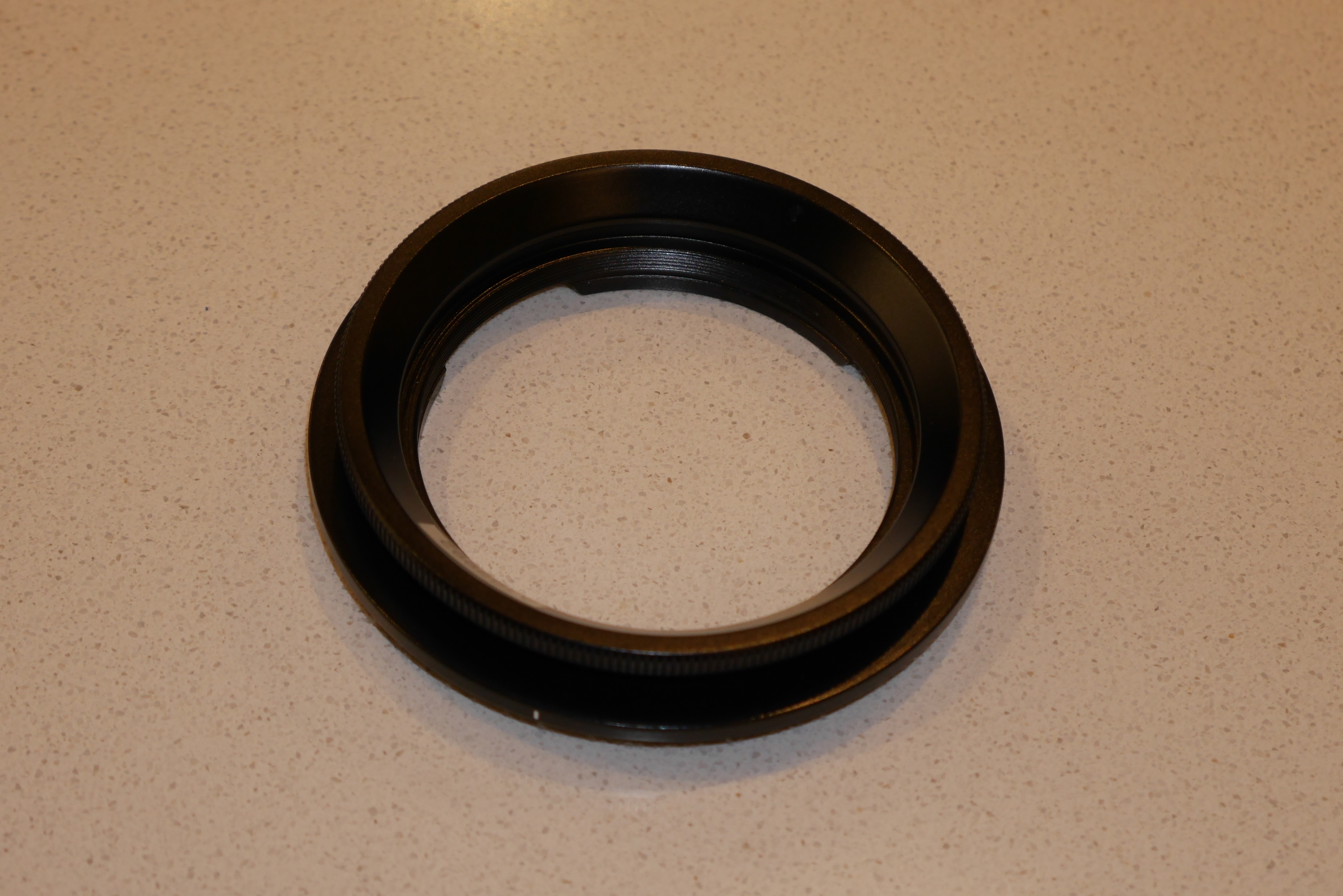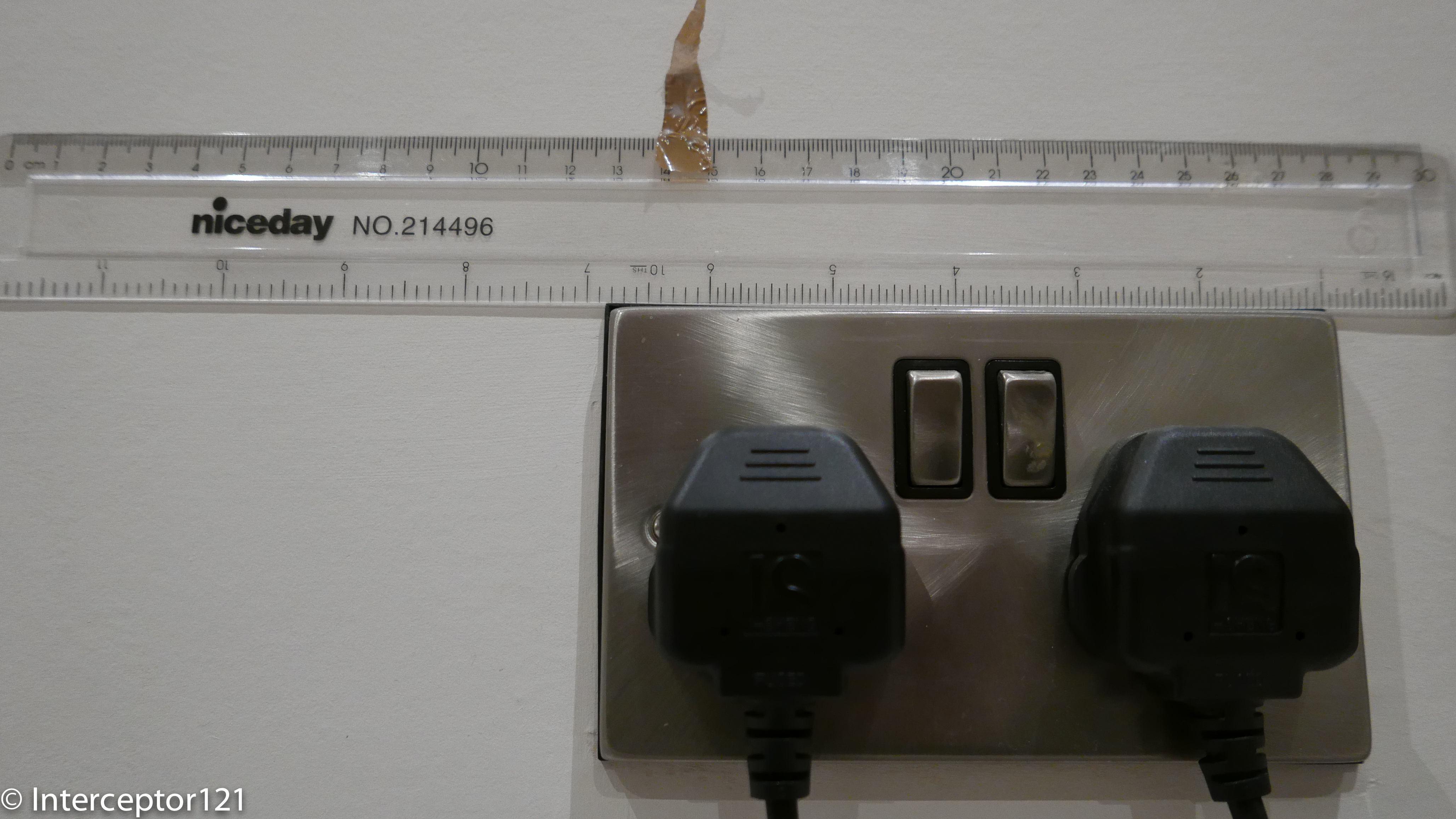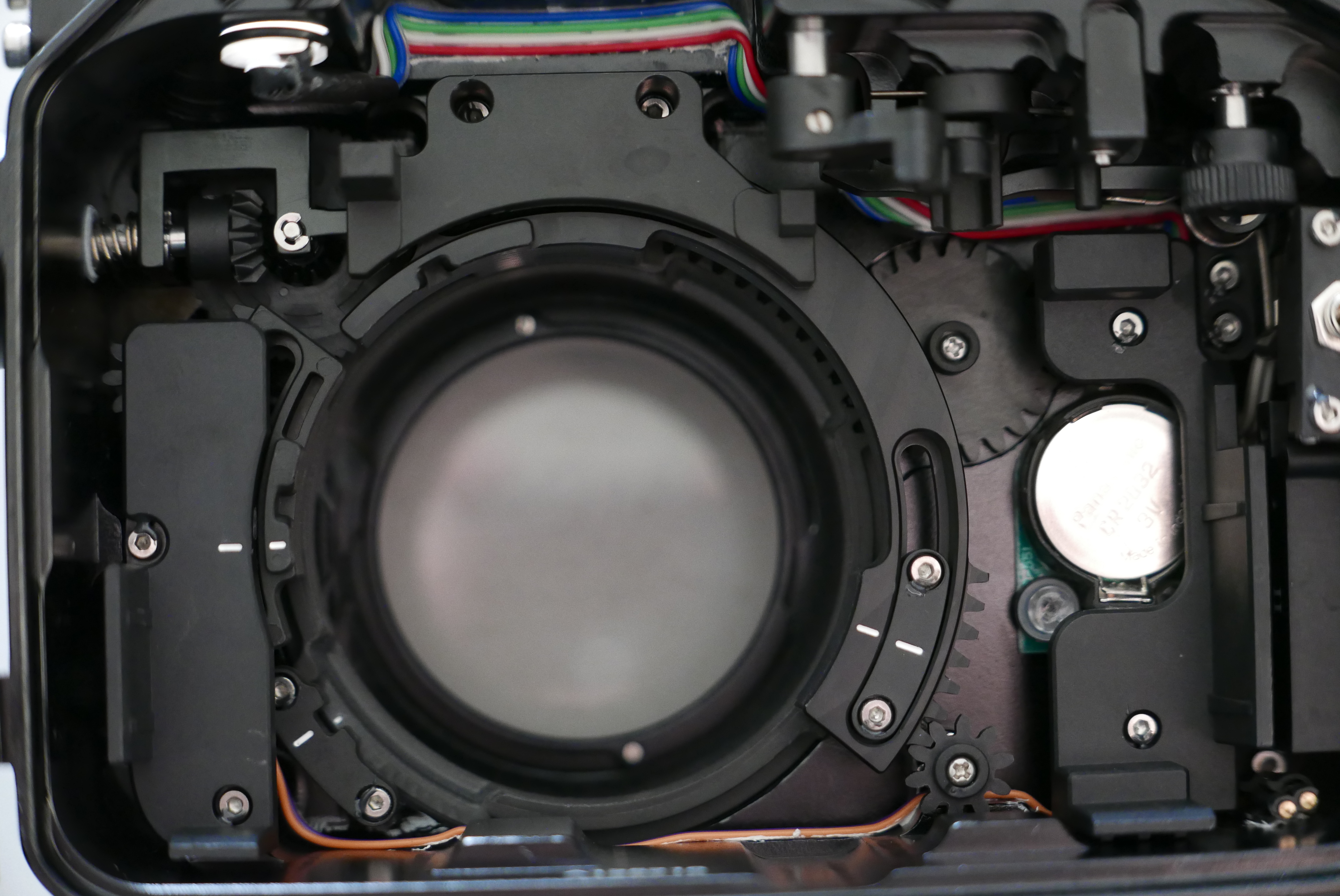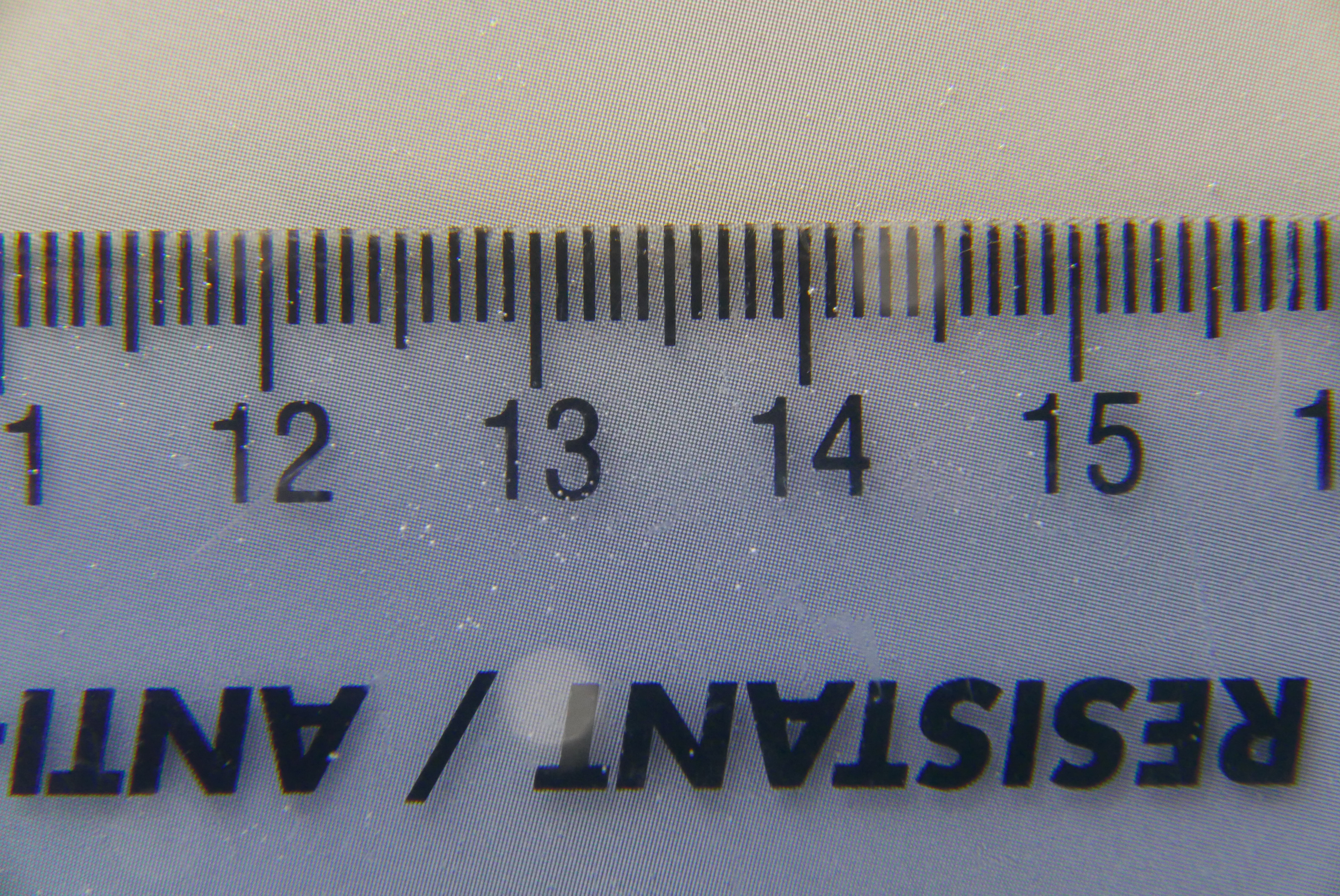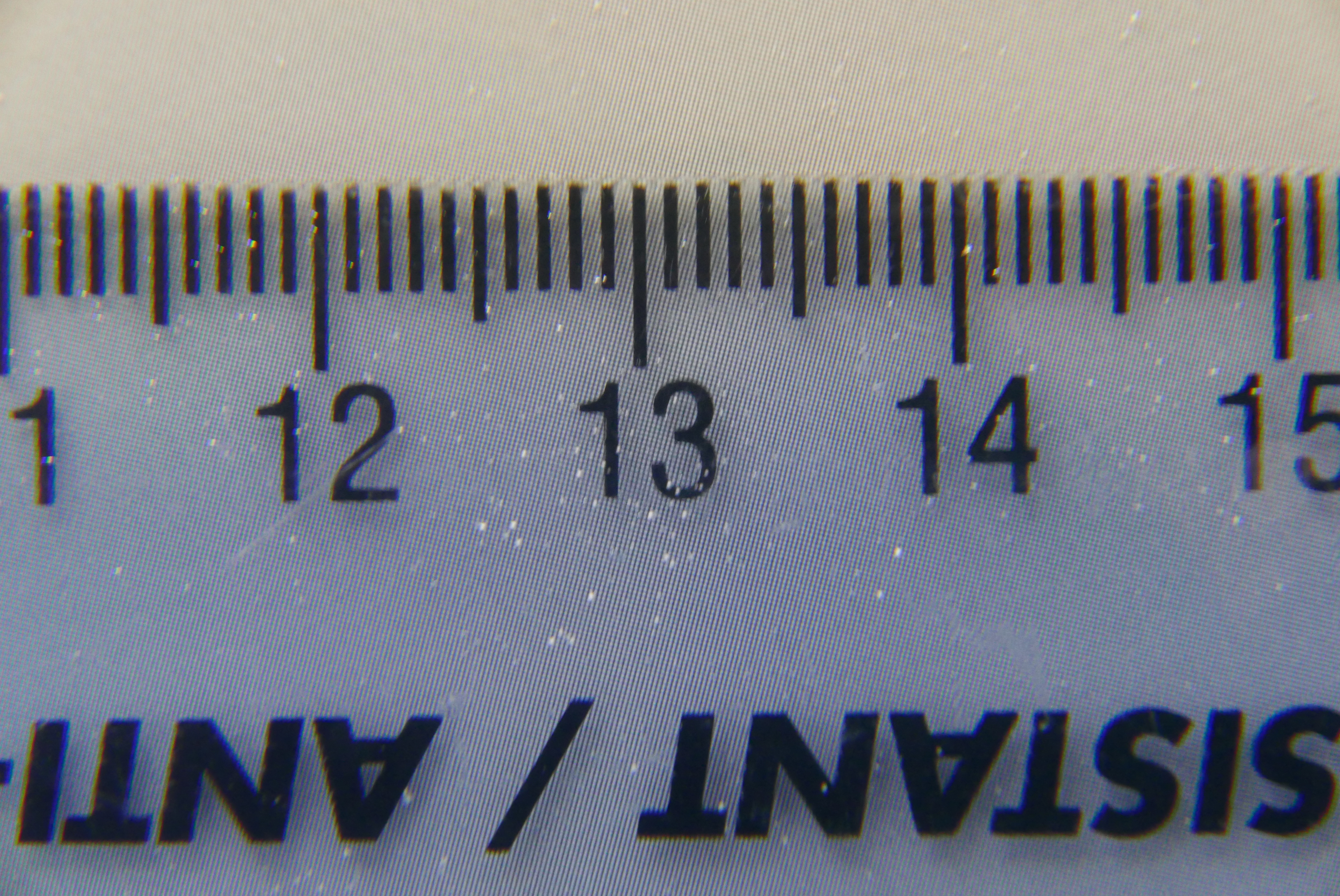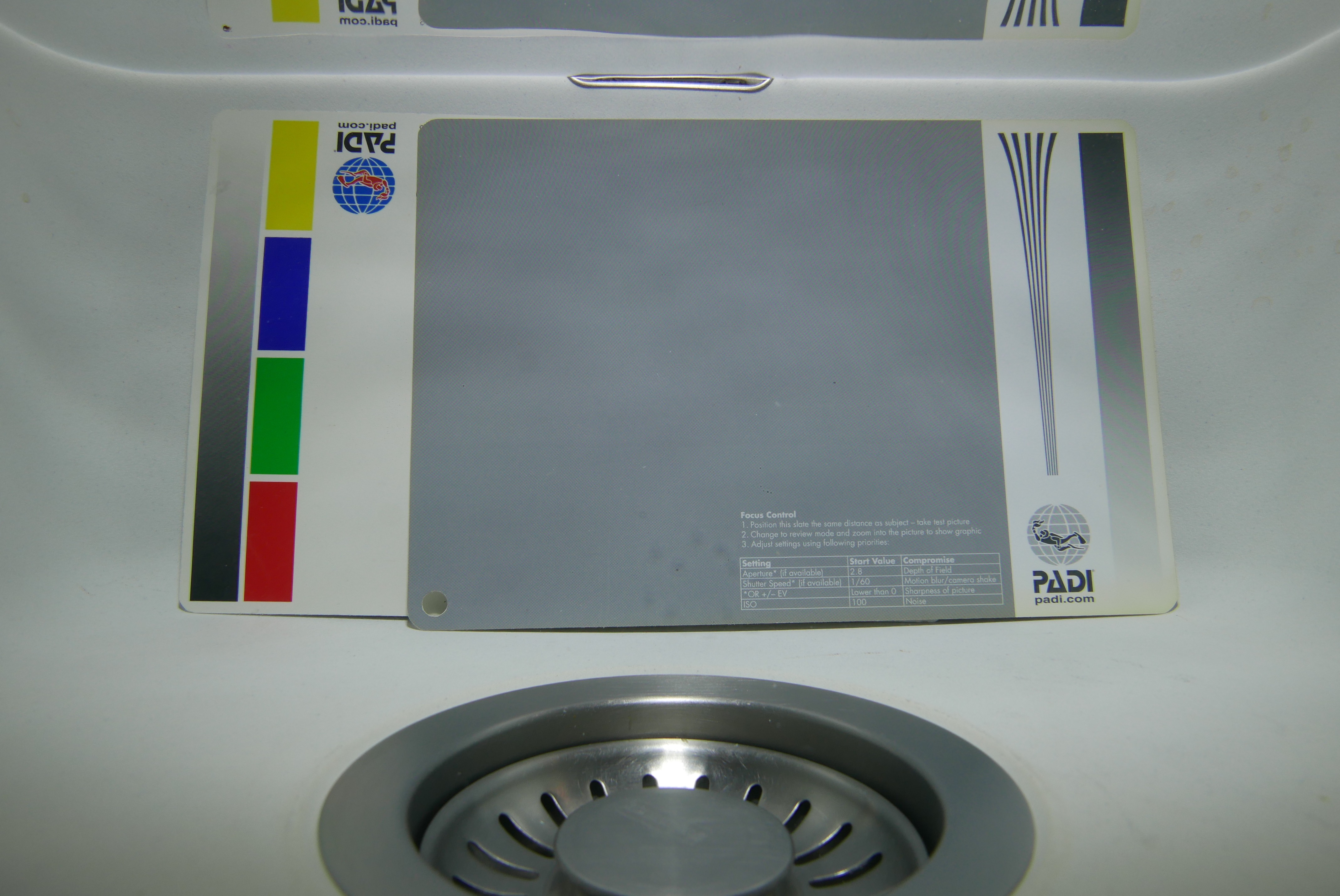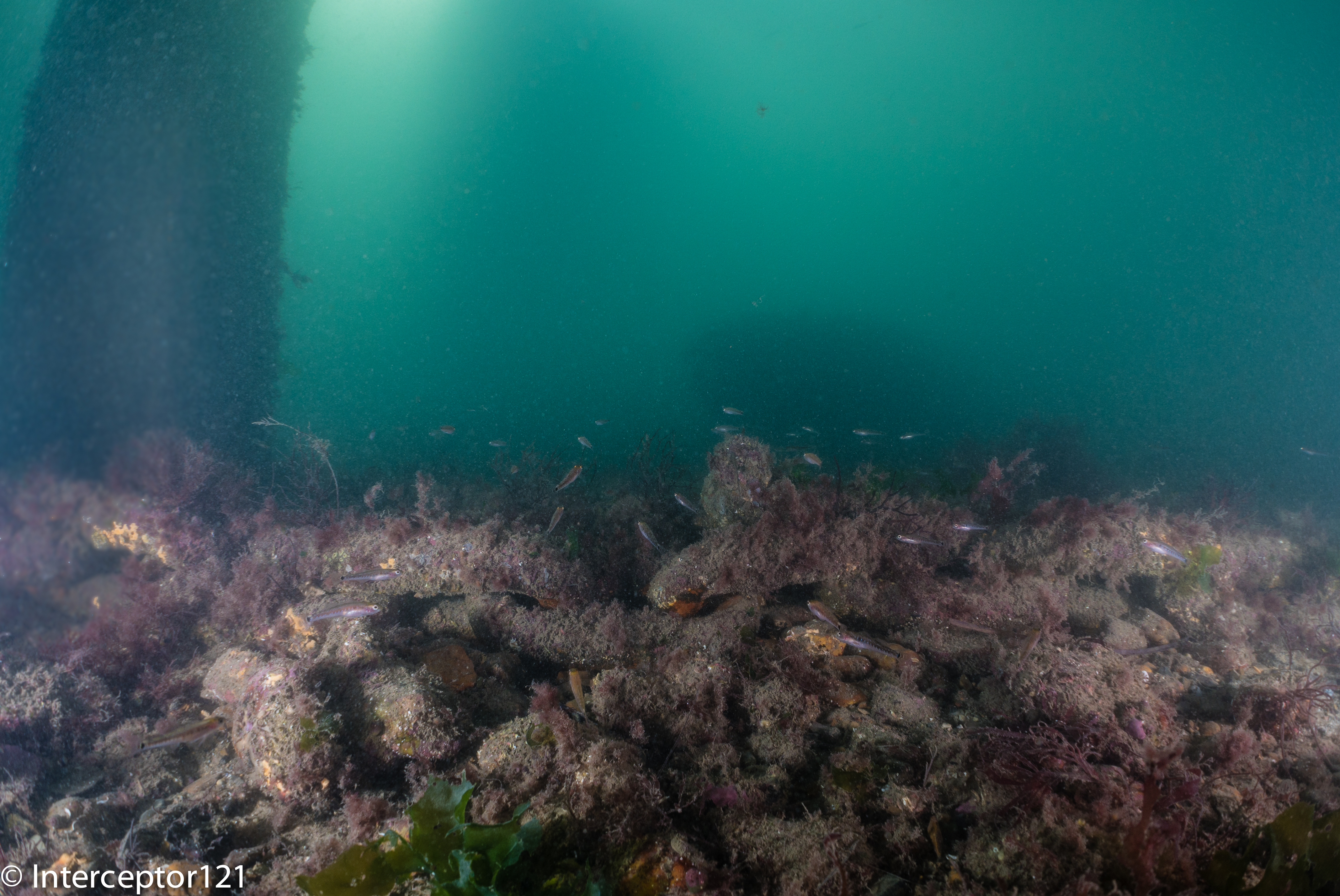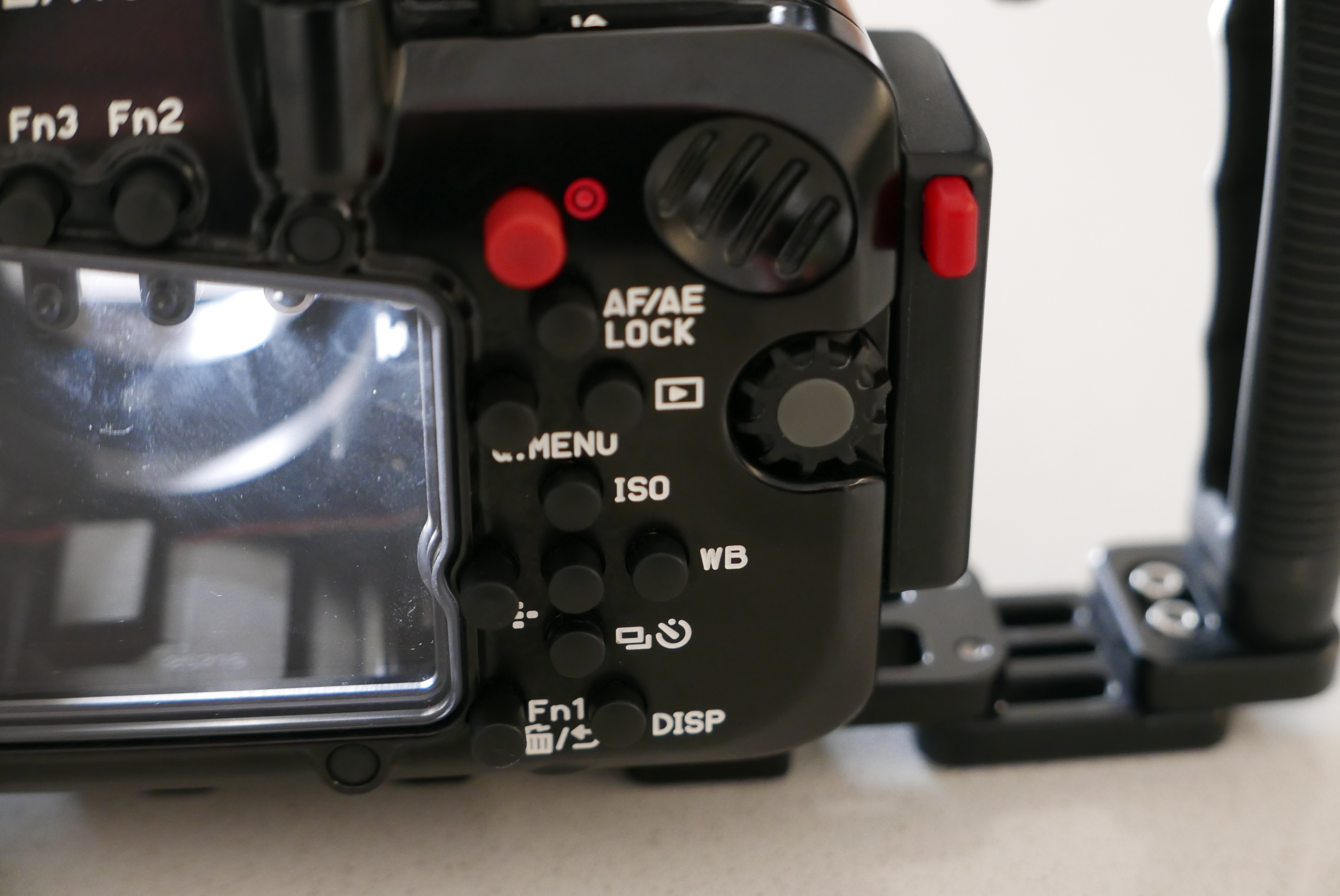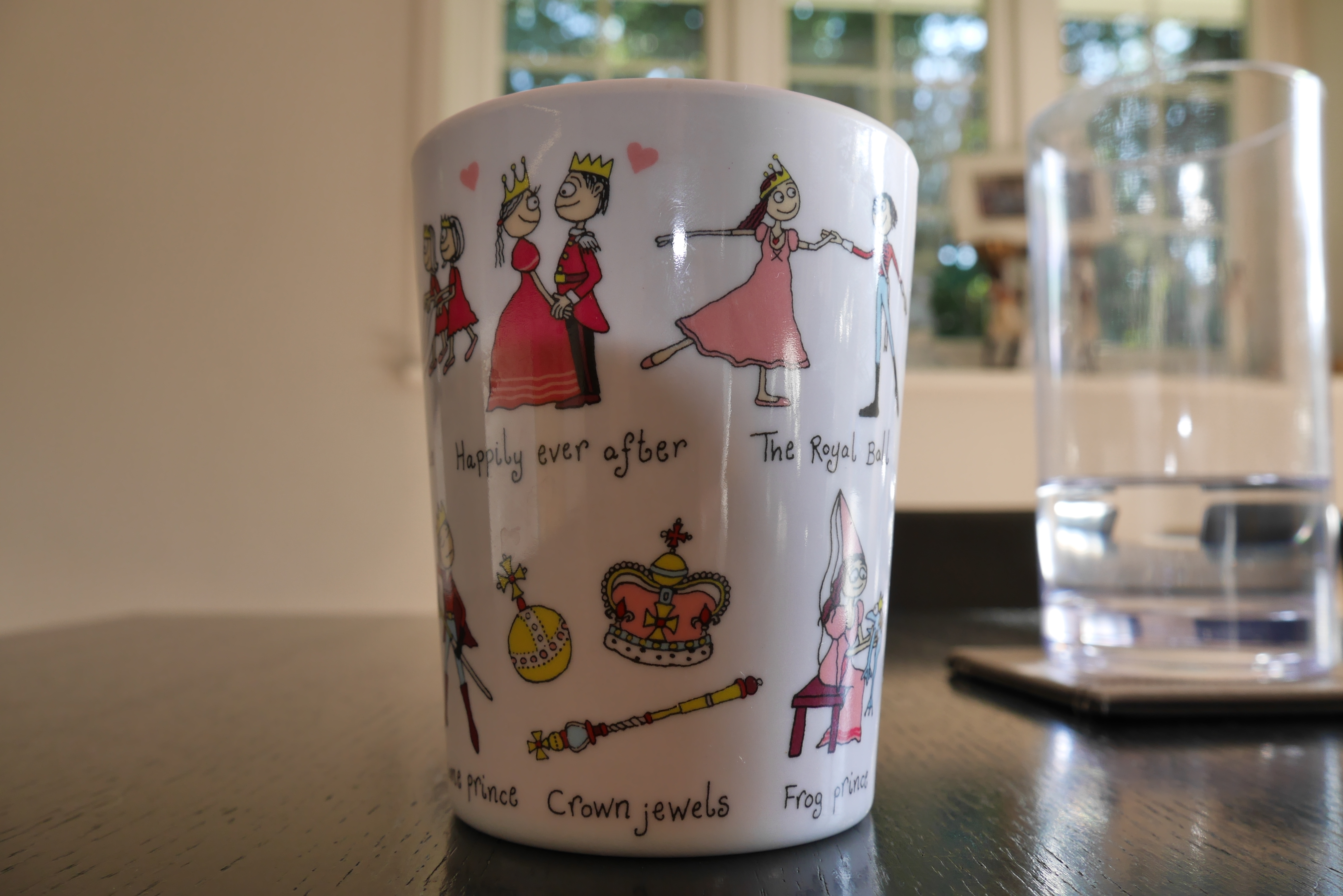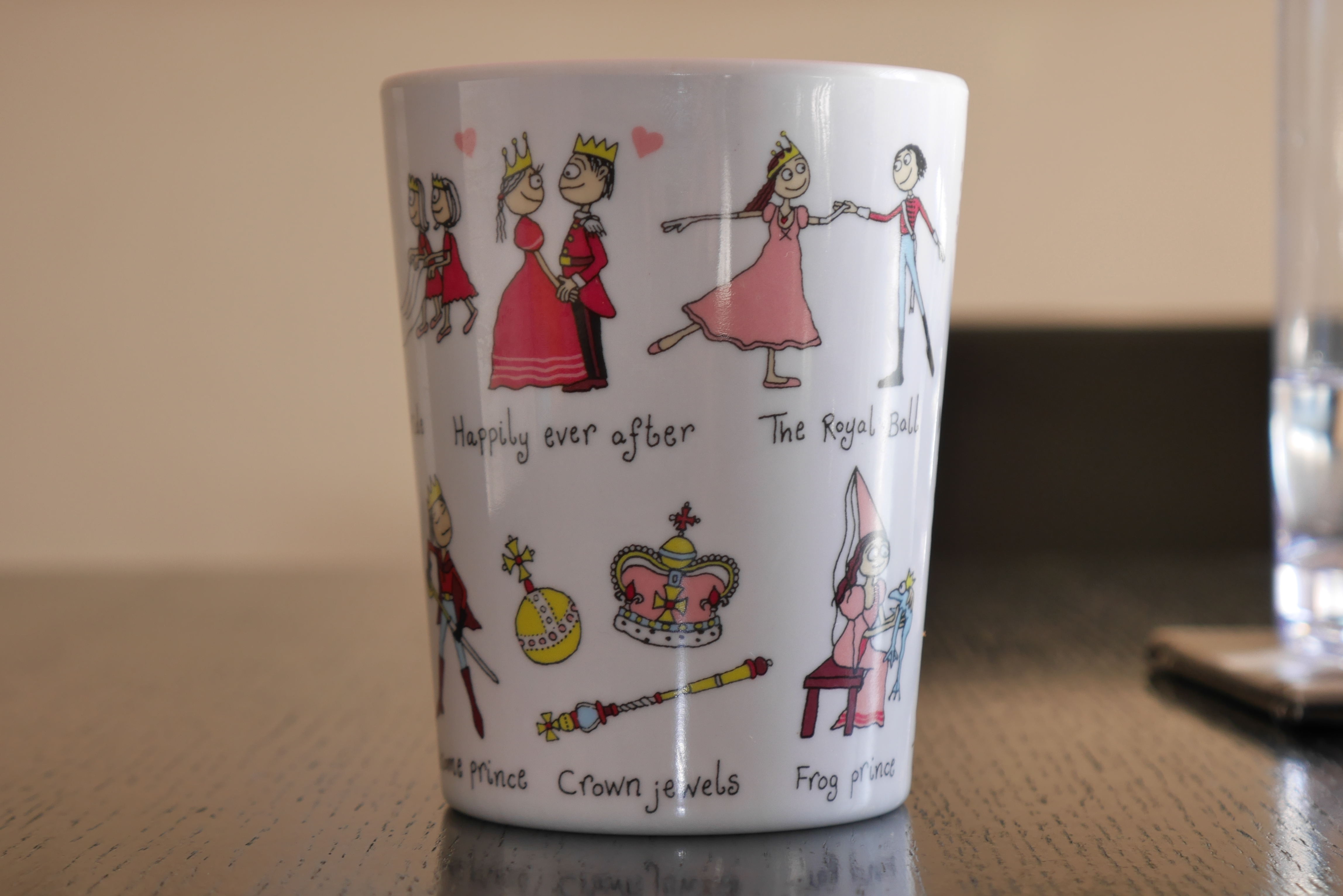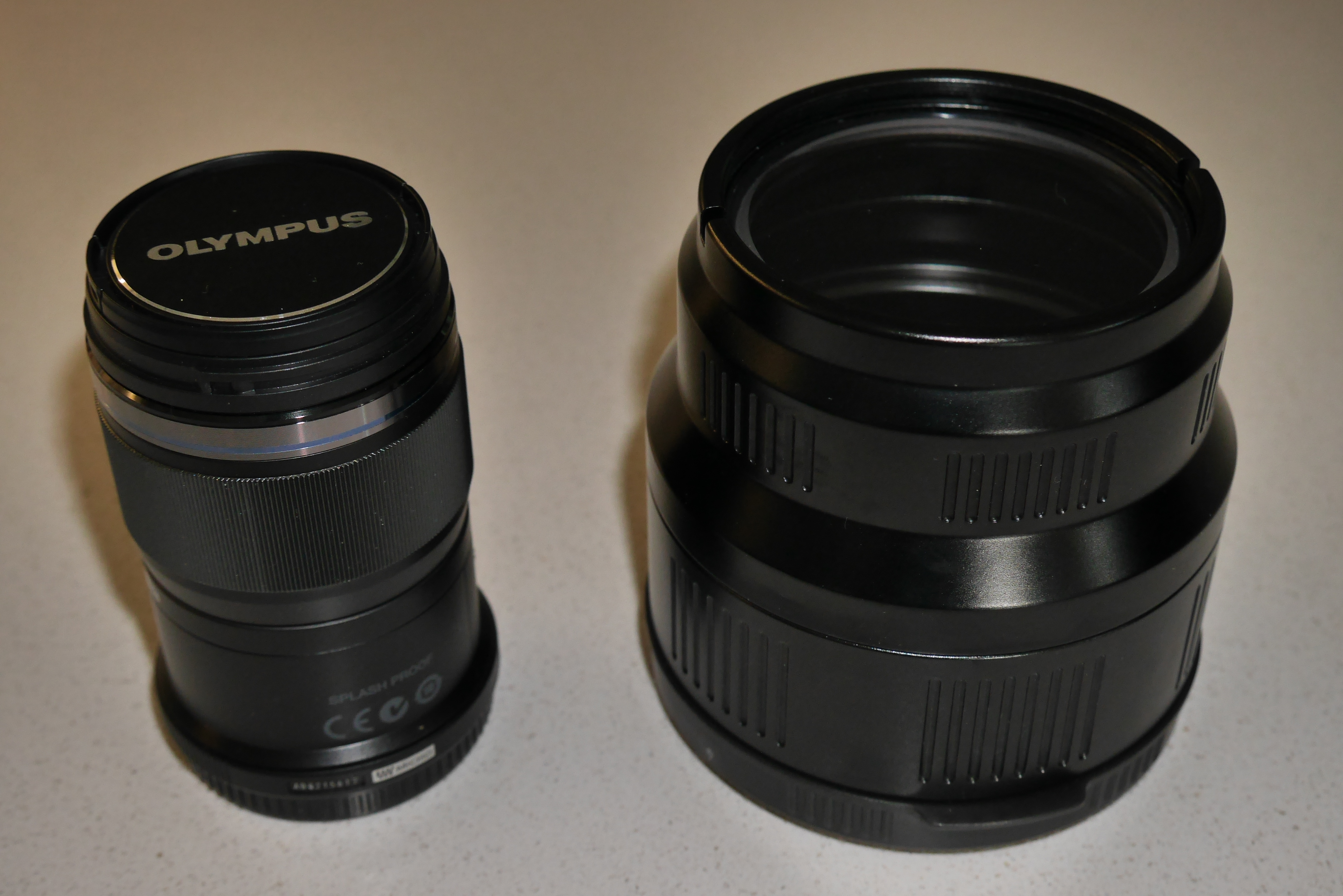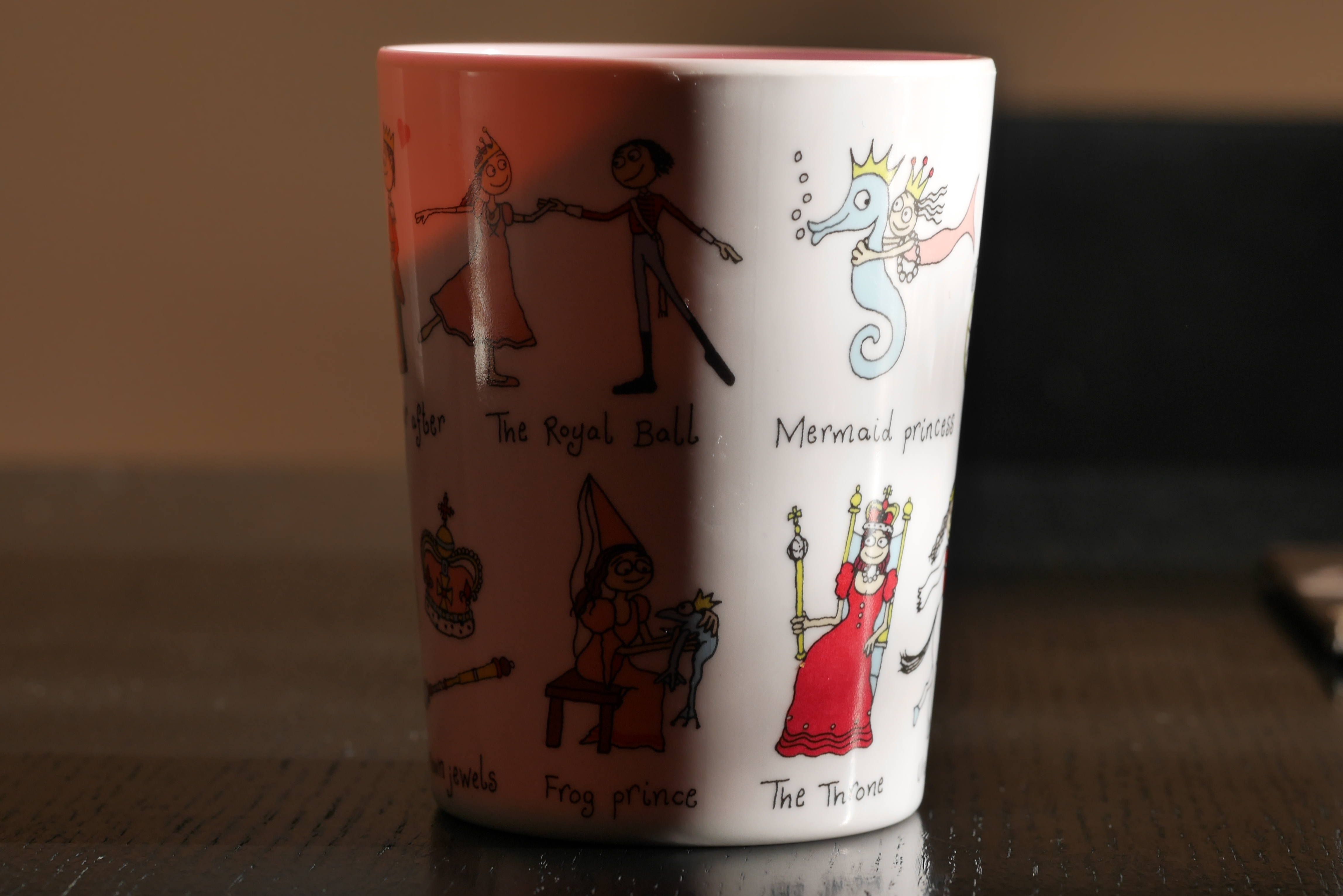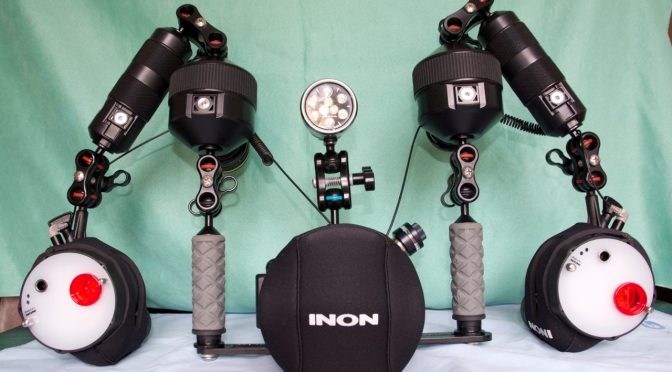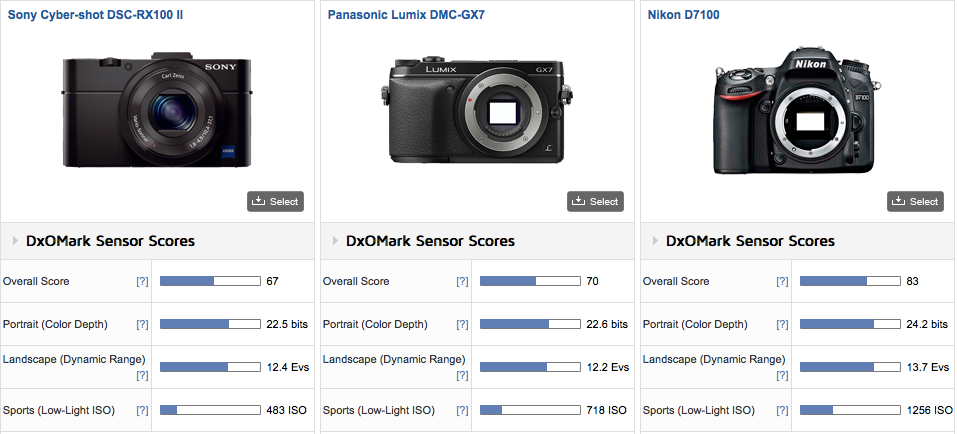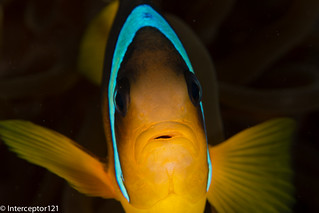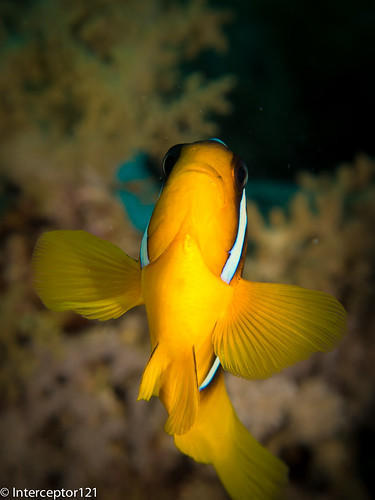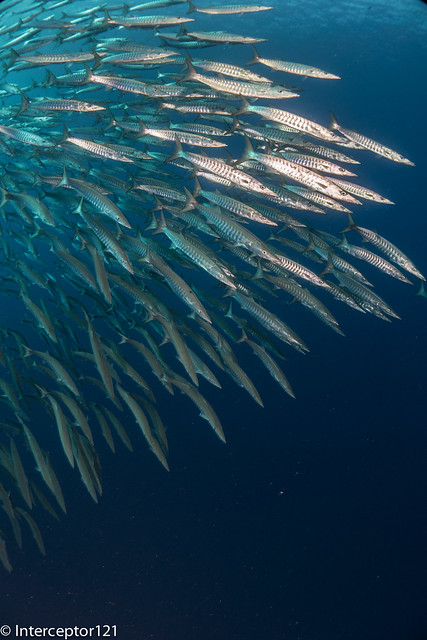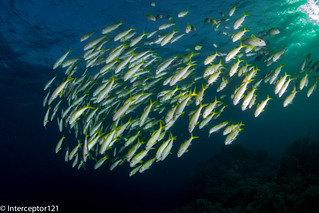It has been almost 4 years since my first review of the Nauticam WWL-1 wet wide angle lens and a few accessories later this lens is definitely my all time favourite for underwater video with my GH5.
I do not want to repeat myself and beat to death the topic of sharpness in corners I would rather recap on the other benefits of this lens that really make it unique for underwater video. Obviously this lens is very valid also for still images because of the ability to zoom through but this is not the focus of this post.
So let’s have a look at the three killer features of this lens that make it really special
Field of view
The WWL-1 once combined with the Panasonic 14-42mm MKII (the best lens to combine with the WWL-1 in my view) offers a field of view of 130 degrees diagonal. But what does that really mean?
First the WWL-1 does not compare with a rectilinear lens in fact it is almost a fisheye lens as we can see from those shots of a pool wall.
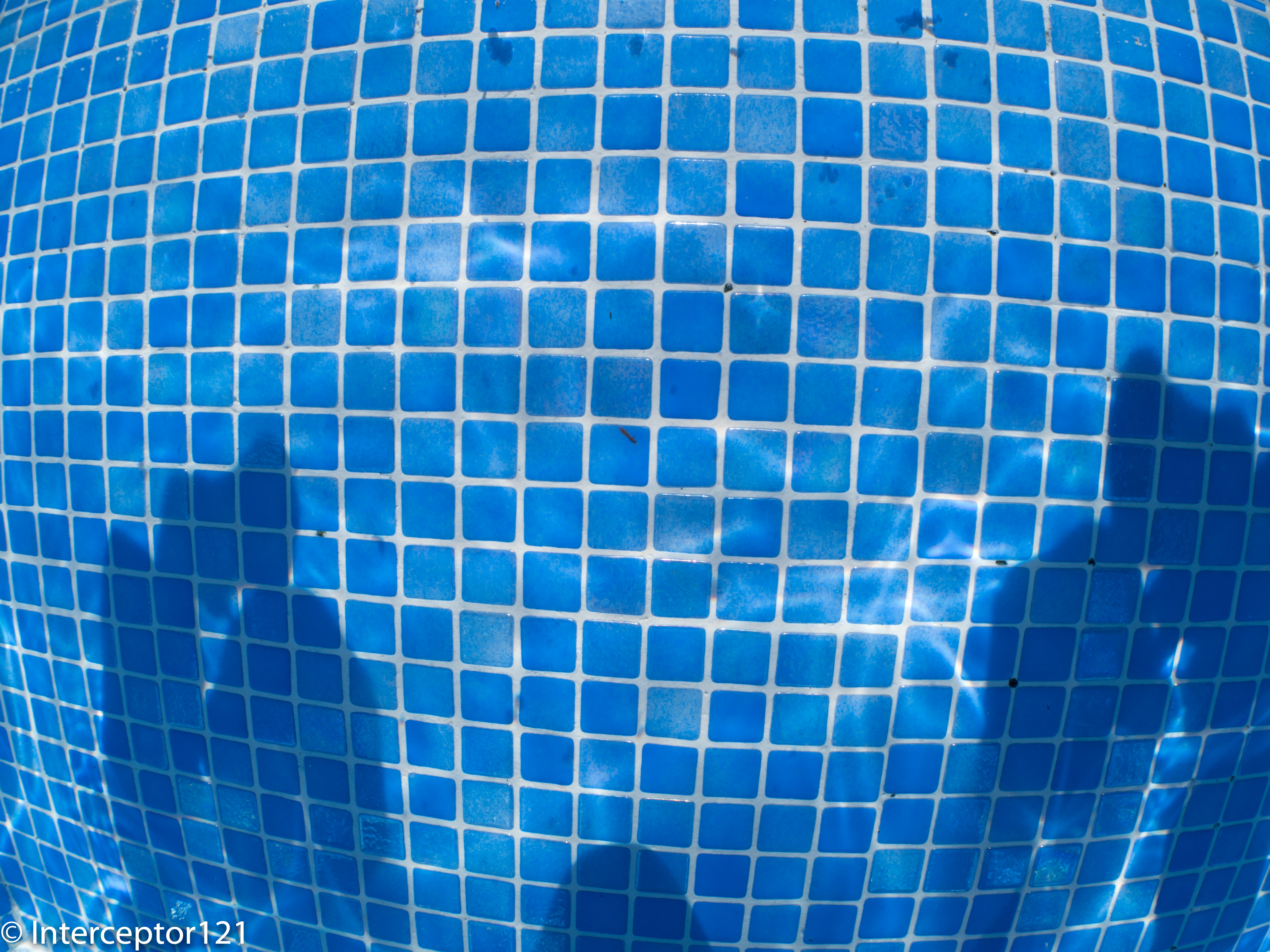
The barrel distortion is evident correcting the image in lightroom gives an idea although not 100% correct of what is the real field of view of the lens.
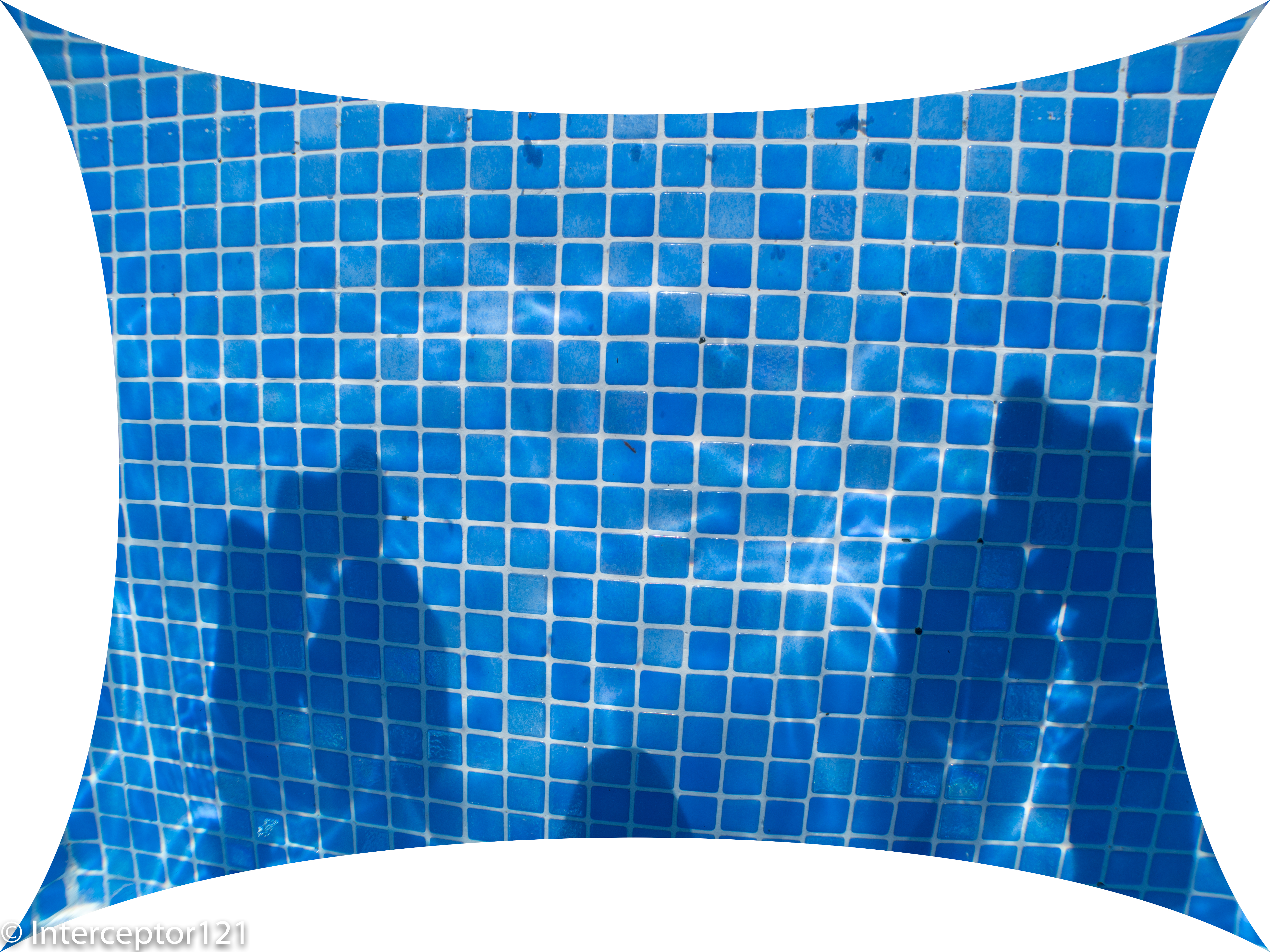
What is interesting to see is that the WWL-1 like a fisheye lens offers a much wider diagonal field of view than on the other dimensions.
I have compared the WWL-1 with other rectilinear lenses and with the 8mm fisheye.
|
|
|
|
|
|
|
|
| Horizontal | 25 | 50 | 100 | 200 | FOV | Linear Ratio to FE |
| 7-14mm@7 | 62 | 124 | 248 | 496 | 102 | 57% |
| 8-18mm@8 | 54 | 108 | 216 | 432 | 94 | 50% |
| 12-60mm@12 | 36 | 72 | 144 | 288 | 72 | 33% |
| WWL-1 | 61 | 122 | 244 | 488 | 102 | 56% |
| Fisheye 8mm | 109 | 218 | 436 | 872 | 130 | 100% |
|
|
|
|
|
|
|
|
| Vertical | 25 | 50 | 100 | 200 | FOV |
|
| 7-14mm@7 | 46 | 92 | 184 | 368 | 86 | 84% |
| 8-18mm@8 | 41 | 82 | 164 | 328 | 78 | 75% |
| 12-60mm@12 | 27 | 54 | 108 | 216 | 57 | 49% |
| WWL-1 | 39 | 78 | 156 | 312 | 75 | 71% |
| Fisheye 8mm | 55 | 110 | 220 | 440 | 96 | 100% |
|
|
|
|
|
|
|
|
| Diagonal | 25 | 50 | 100 | 200 | FOV |
|
| 7-14mm@7 | 77 | 154 | 308 | 616 | 114 | 13% |
| 8-18mm@8 | 68 | 136 | 272 | 544 | 107 | 12% |
| 12-60mm@12 | 45 | 90 | 180 | 360 | 84 | 8% |
| WWL-1 | 107 | 214 | 428 | 856 | 130 | 18% |
| Fisheye 8mm | 583 | 1166 | 2332 | 4664 | 170 | 100% |
The table I have prepared uses the equisolid equation for a fisheye lens to map the WWL-1 I have verified the values and I can confirm the WWL-1 is somehow equivalent to 10.06mm fisheye lens.
There are two things that are worth noting, the first is that on the horizontal and vertical axis the WWL-1 is not wider than the Panasonic 7-14mm at 7mm. The other consideration is that with the WWL-1 the 4:3 format frame starts to become a classic 3:2 as the ration width/height is 1.56.
When we work in video at 16:9 we crop out most of the diagonal part leaving the rest of the field of view intact this means that in video mode the lens is much more rectilinear and the barrel distortion more contained.

If we look at a frame at 25mm we can see that at 4:3 the level of distortion is reduced but still present.

.The corrected frame shows the residual distortion.


The level of residual distortion in video mode is pretty negligible at 25mm. At 35mm even in 4:3 mode the WWL-1 is practically straight.
The benefit of the distortion of the WWL-1 is such that if you are shooting large sharks for example the barrel distortion makes those sharks look large in the centre of the frame and when they go out of the frame you don’t have the pull effect of a classic rectilinear lens behind a dome. At the same time if you need to shoot some divers or lines that are straight you can zoom in and still cover a pretty wide field of view.
Stabilization
The other benefit of the WWL-1 is that allows you to use lenses that are stabilised, today any lens at the 7-8mm range on micro four third has no stabilisation which means you need to use the in body stabiliser if available with your camera. For the GH5 this means that choosing a lens like the 14-42 MkII gives you access to Dual IS combining body and lens stabiliser and IS lock that really is useful when finning around. I just want to make sure that I am clear I am talking of this lens
The Panasonic 14-42PZ power zoom is NOT compatible with dual IS so if you use this lens you either have in body or lens stabiliser not both. Obviously if you have a camera without stabilisation like the GH5s or the BMPCC 4K all of this is less relevant but still you can have some stabilisation instead of nothing.
I have not shot a comparative Dual IS vs Lens IS vs nothing in the pool but I am planning to do that soon. I can only say once you have dual IS with IS lock you don’t want to go back.
Filters
The final killer feature of the WWL-1 is that it gives you access to the Keldan Spectrum filters review here http://wetpixel.com/articles/review-keldan-spectrum-and-ambient-filters-by-massimo-franzese
Personally I think that any dive down to 18 meters in tropical or subtropical water will benefit from a filter but I also believe that conditions may change and in some cases you want to take the filter off. Now most of the rectilinear lenses for the GH5 do not even take a filter but also consider that once you fit one in dome port you are stuck with it for the dive. With the WWL-1 and the Keldan filter if you feel there is too little light and you want to get rid of the filter you can.

